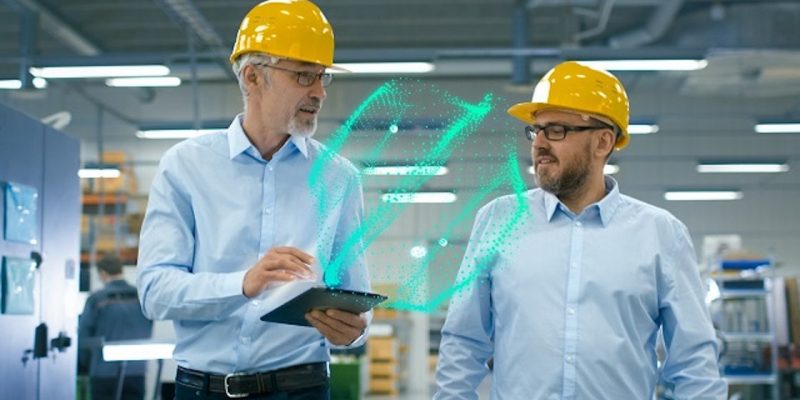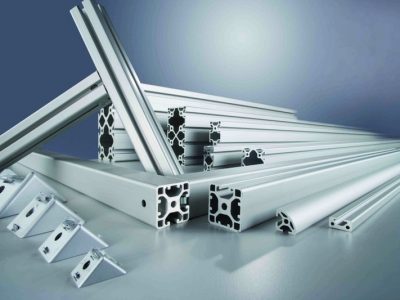Introduction
Sustainable production involves producing goods in methods that defend the environment, conserve power and herbal sources, and are economically feasible and secure for employees, groups, and consumers. With increasing stress on industries to lessen their carbon footprint and adopt green practices, sustainable manufacturing is more crucial than ever.
Industrial belts are critical components in manufacturing techniques, driving production lines, conveying materials, and powering mechanical systems. Innovations within the substances and technologies utilized in business belts are making them crucial individuals to greater sustainable production strategies.
Eco-Friendly Materials
One of the most massive advancements in commercial belts is the usage of green materials. Traditional belts, frequently crafted from artificial polymers, are not biodegradable and make contributions to environmental pollution. In assessment, cutting-edge belts increasingly use biodegradable substances and recycled polymers.
Biodegradable belts naturally wreck down over the years, reducing lengthy-term environmental effects. Recycled substances permit for the reuse of belt components, minimizing waste. These green substances assist in lessening the overall carbon footprint and meet the growing client call for sustainable products.
Benefits of the usage of those materials include:
Reduced Environmental Impact: Less reliance on non-renewable assets and decreased waste decrease the environmental footprint.
Compliance with Regulations: Many regions have strict environmental policies, and the use of eco-friendly substances enables companies stay compliant.
Enhanced Brand Image: Companies adopting sustainable practices often revel in a higher public picture and elevated purchaser loyalty.
Energy Efficiency
Energy performance is every other essential thing of sustainable manufacturing. Advanced commercial belts are designed to enhance equipment strength performance, normally having lower friction coefficients, because of this they require much less power to function.
Case studies demonstrate huge energy financial savings:
Example 1: A manufacturing plant changed its conventional belts with high-performance ones, staring at a 15% reduction in power intake, leading to sizeable value savings over the years.
Example 2: Another case worried the usage of synchronous belts that ensured unique timing and reduced slippage, main to a 10% improvement in strength performance.
These examples illustrate that investing in electricity-green commercial belts can cause enormous economic and environmental benefits, making it a smart preference for manufacturers aiming to beautify sustainability.
Waste Reduction
Waste reduction is fundamental to sustainable manufacturing. Innovations in business belt layout attention on minimizing waste at some stage in production and lengthening belt lifespan to lessen replacement frequency.
Strategies consist of:
Precision Manufacturing: Advances in techniques permit for producing belts with tighter tolerances, lowering fabric waste.
Durable Materials: Using more durable materials extends belt lifestyles, lowering the need for frequent replacements.
Modular Designs: Some belts are designed with modular components that may be changed personally, in place of discarding the whole belt.
These improvements assist producers lessen waste and enhance usual sustainability. Additionally, longer-lasting belts make a contribution to decrease upkeep fees and downtime, enhancing operational efficiency.
Case Studies
Numerous agencies have efficiently implemented sustainable practices with superior business belts:
Company A: Switched to belts crafted from recycled materials, resulting in a 20% discount in typical waste and improved public photograph and patron relations.
Company B: Adopted strength-efficient belts, reaching a 12% decrease in energy consumption, leading to sizable value savings and a smaller carbon footprint.
These case studies highlight the tangible blessings of integrating sustainable belt answers into production approaches, inclusive of environmental conservation and monetary profits.
Future Directions
The future of business belts in sustainable production looks promising, with ongoing research and development specializing in new substances and technology. Potential destiny instructions consist of:
Smart Belts: Integration of sensors to monitor Industrial belt performance and predict preservation wishes, decreasing sudden downtime and extending belt life.
Advanced Materials: Continued improvement of substances which can be even greater durable, recyclable, and power-efficient.
Industry Collaborations: Partnerships between producers, researchers, and environmental businesses to expand and sell sustainable practices.
These advancements will in addition enhance the role of industrial belts in sustainable production, making them even extra fundamental to green production processes.
Conclusion
Industrial belts play a essential role in sustainable manufacturing by using incorporating green materials, enhancing electricity performance, and lowering waste. As greater organizations adopt those sustainable practices, the overall environmental impact of producing approaches may be extensively reduced.
Industries are recommended to explore and implement sustainable belt answers to conform with environmental guidelines and enjoy the financial and reputational blessings of being environmentally responsible. The future of manufacturing lies in sustainability, and industrial belts are key components on this transformative adventure.











Comments